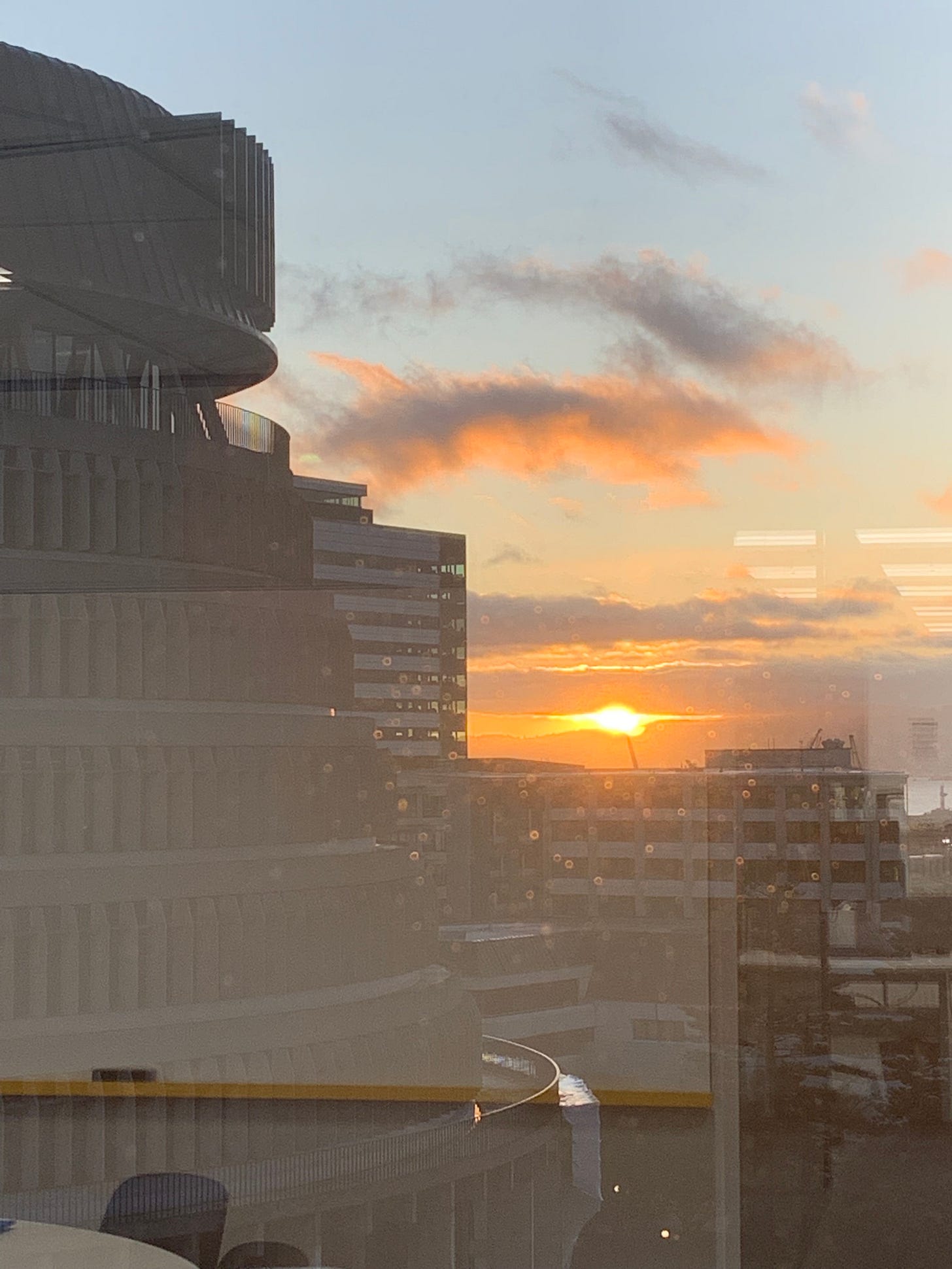Our new National coalition has cut the number of public servants in New Zealand and reduced government spending. We’re hearing the news of more job cuts every day, as well as politicians talk about how wasteful public servants are. But I’d like to consider what public servants have contributed to New Zealand. What do people love about being public servants, and how has the public service improved people’s lives? Lastly, I look at the impact these cuts will have on women.
Public service with a purpose
I have worked for Education for just over three years, a career change after working in marketing and communications. Being a public servant has challenged me intellectually, has required me to read a large amount of research, and has asked me to examine the evidence, rather than just making stuff up. I’ve found the work environment rewarding – the chance to truly collaborate with people around a table, or on a Teams call or writing papers/content together. We’ve worked hard on developing a behavioural framework that would’ve been rolled out to over 1000 schools to help teachers better understand the behaviour of their students. The opportunity to consider the needs of a wide range of people, as well as those most vulnerable (including neurodiverse, disabled, and students with learning support needs) has been one of the most rewarding parts of public service work for me (15-16% had learning support needs, including disabilities, in primary schools in 2019).
While I’ve been at the Ministry, I’ve seen policies come into force quickly and positive outcomes realised fast. In the case of the Ka Ora, Ka Ako Food in Schools programme, which provides free school lunches in low decile schools – outcomes have included reducing food insecurity by reducing the financial burden for parents, providing healthy food options, and strengthening local economies (as local suppliers make the food). It also increases attendance. In many cases, it can take years to see outcomes of government policies and programmes – it’s not as simple as saying ‘this led to this, therefore it was a success’. The sheer amount of survey writing, interviewing, psychometrics, collection of data and then analysing it to see if a programme made a difference, is phenomenal.
A friend in the public service works in a role where she gets to “make it easy for Kiwis, international visitors and educators learn about our history, through visitor experiences”. One of the things that’s been rewarding for her has been being part of something with a purpose beyond profit. She gets to contribute to projects that deepen New Zealanders’ sense of who they are, in terms of identity, culture and national character. Looking at hard outcomes for these sorts of projects (something the current government has committed to doing) might be difficult. Yes, this programme would contribute to national profit through tourism, but there are so many things it contributes to that are far harder to measure – a sense of identity and belonging as a New Zealander, and as she says – ‘doing right by people, past, present and future’. That sense of intertwined identities, and a shared sense of history, would no doubt contribute to people’s wellbeing.
What we’d miss out on
Public servants have worked on some ground-breaking initiatives throughout history: the Covid-19 response including immunisation roll-outs and the alert level system that saved countless lives by limiting transmission of the virus. They have gained pay equity for nurses and care and support workers, which means fields of work dominated by women are more highly valued and women are paid more fairly. They have developed family violence campaigns and programmes, to help the 24% of New Zealand women who have experienced intimate partner violence. They have created environmental conservation programmes and community engagement initiatives.
There’s an account of a day in the life of an average person, which I can’t find, but goes something like this: you turn on the tap for running water (publicly funded) and cook breakfast using electricity generated by the national grid. You head out the door to drive down the publicly funded road or get on publicly funded transport. Dropping kids off to a publicly funded school, with publicly funded learning support, you then head to work and collect something publicly funded from the pharmacy on the way… ‘Back office functions’ help all of this run smoothly – funding the pipes, monitoring electricity companies to make sure they’re pricing power fairly and considering sustainable sources of power, project managing building the road, ensuring the school’s systems and processes are safe for children and students have got support if they need it (and it’s somewhat consistent no matter what school they go to). Imagine if all of these services were trimmed down or didn’t exist.
A higher proportion of women work for the public service
The public sector cuts will have impacts on some demographics more than others. It’s telling that some of the hardest-hit ministries are education and health, in terms of the number of people with disestablished roles, and traditionally these are caring services that a lot of women work in. Smaller ministries have also been hit hard, losing high percentages of their staff, such as the Ministry for Pacific Peoples who have lost 40% of people. In this case, Pacific women are worse off. According to government data, as of June 2023, women make up 62.2% of the public service while 36.7% are men ( 0.5% are another gender/multiple genders). It’s easy to see cutting the public service has a larger impact on women in terms of the workforce. It would be interesting to see how many women use the services that are being cut and the flow-on effects.
For now, if you’re impacted by the public service cuts, I would like to say this: your work matters, and so do you.
For those remaining: thank you, and try not to burn yourself out. We need you!




